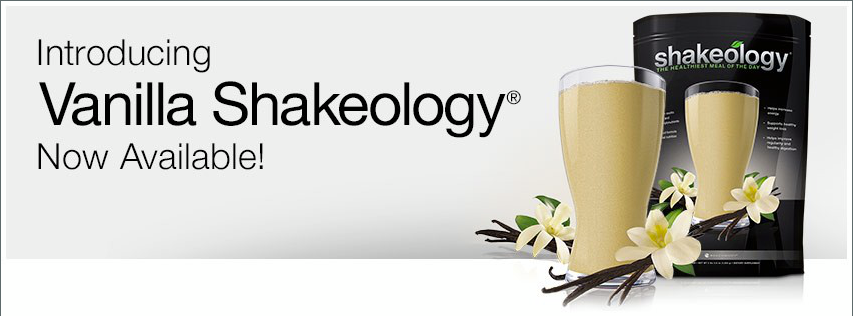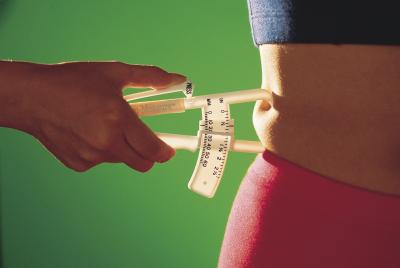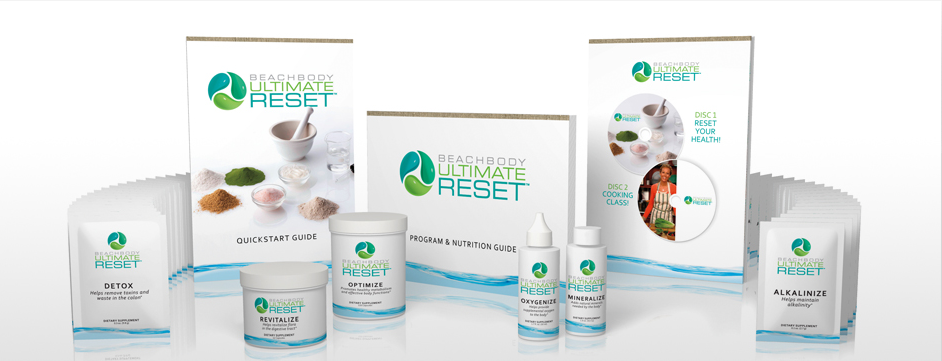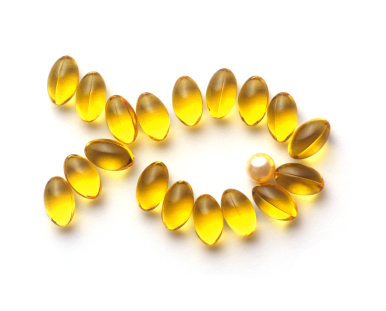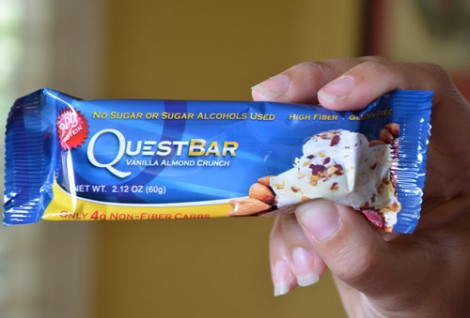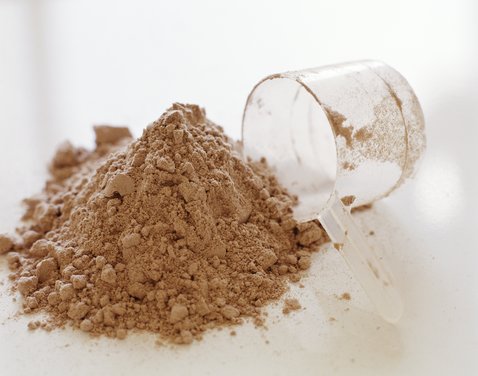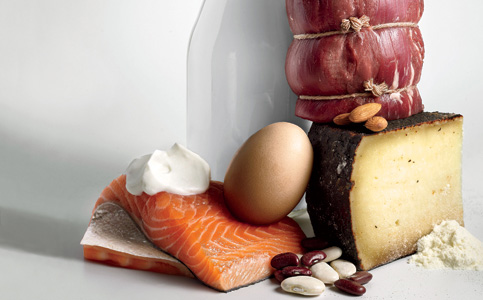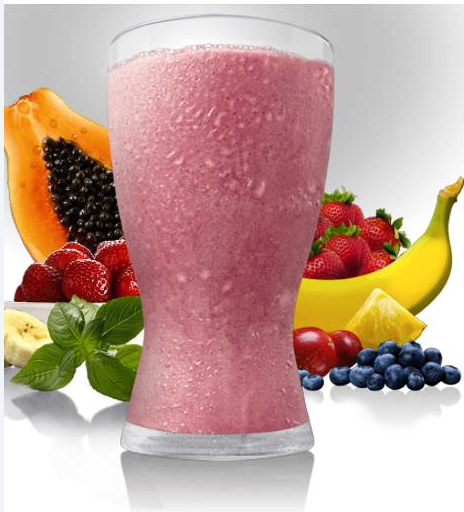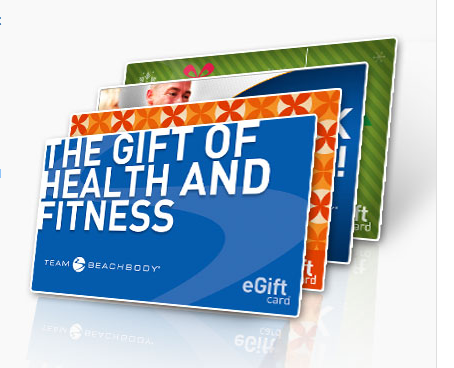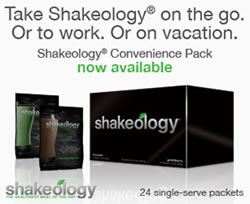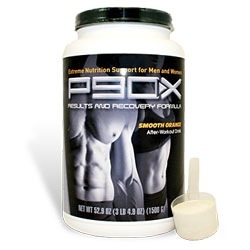Foods That Fool You!
I wanted to make today’s post nutrition oriented, so I decided to take share with everyone this great article that I came across last week. Nutrition can be a tricky subject, and when you think you’re eating something healthy you may not be. There are foods out there that can fool you. You see, the food industry is constantly trying to cut corners to make food cheaper and more easily manufactured. The problem is that the consumer (you and I) wouldn’t want to eat something that we think is inferior quality. So food companies market their foods different to make sure we still THINK that we are eating what we THINK we are eating. This leads to use consuming added preservatives, artificial flavors, processed sugar, artificial sweeteners, binders, thickeners, etc….The list literally goes on and on.
One of my favorite examples of how messed up our food industry is, is Peanut Butter. It should be literally 2 ingredients…can you guess what they are? Peanuts and Salt. That’s it! But time you’re at the store look on the back of the original Skippy Peanut Butter and you will find a LIST of ingredients.
So here are some foods that can fool you. Please be aware that these foods SHOULD be healthy in their most natural form. It’s up to you to look at the label, the ingredients and the nutritional info to figure out if you’re being mislead.
9 Foods That Can Fool You
by Denis Faye
Today, it’d be nice to think we’ve transcended the Diet Plate. Sadly, this isn’t the case. Even today, there are dozens of foods we fool ourselves into thinking are healthful when in truth they do nothing but pad our hips and arteries. Here are nine of the worst offenders on your grocery store shelves.
1. Yogurt. It starts out as good stuff. Fat aside, there’s the calcium and protein you find in all milk products, along with probiotics, which make it easier to digest for those with lactose issues. The only problem is that straight yogurt can be pretty bitter, so manufacturers load the stuff with sugar and masquerade those carbs as fruit in an effort to make the whole thing more palatable. Have a look at most flavored yogurt and you’ll find the second ingredient to be sugar or high-fructose corn syrup. One container of Yoplait® Original Strawberry has 170 calories, with 5 grams of protein and 33 grams of carbohydrates, 27 of which are sugar. Oddly enough, these are the exact same nutrition facts for Yoplait’s other, less healthy-sounding flavors, including Key Lime Pie and White Chocolate Raspberry.
Solution: Buy plain yogurt and flavor it yourself. You’d be amazed at how far a handful of raspberries or a tablespoon of honey will go to cut the bitter taste. And while you’re at it, choose the low-fat or fat-free stuff. You’ll still get all the nutritional benefits.

2. Wheat Bread. If you’re reading this, you probably know enough about nutrition to understand that whole-grain wheat is better for you than refined wheat. By keeping the bran and germ, you maintain the naturally occurring nutrients and fiber.
But for some reason, manufacturers constantly come up with new chicanery to lead you back to the refined stuff. One of their latest tricks is to refer to refined flour as “wheat flour” because, obviously, it’s made of wheat. But just because it’s wheat-based doesn’t mean it’s not refined. The distracted shopper can mistake this label for “whole wheat flour” and throw it in his cart. Another loaf of cruddy, refined, fiberless bread has a new home.
Solution: Slow down when you read the label. That word “whole” is an important one.

3. Chicken. Just because you made the switch from red meat doesn’t mean you’re in the clear. If you opt for dark meat—the wings, thighs, and legs—you’re losing protein and gaining fat. Three ounces of raw chicken breast, meat only, has 93 calories, 19.5 grams of protein, and 1.2 grams of fat. Three ounces of dark meat, meat only, is 105 calories, 18 grams of protein, and 3.6 grams of fat. It may not seem like much, but it adds up.
Solution: Go for the breast, and while you’re at it, ditch the skin. It’s nothing but fat.
4. Frozen or canned fruit. Any food swimming in juice or “light syrup” isn’t going to work in your favor on the scale. Furthermore, most canned fruit is peeled, meaning you’re being robbed of a valuable source of fiber.
Frozen fruit is a little trickier. While freezing preserves the fruit itself, adding sugar during the freezing process preserves color and taste; so many store-bought frozen fruits throw it in.
Solution: Read that ingredients list! You want it to say fruit, water—and that’s it.
5. Canned veggies. “What?” you declare. “There’s light syrup in canned string beans too?” Nope—actually, they add salt to preserve this produce. A half-cup serving of canned string beans has approximately 300 to 400 milligrams of sodium.
Solution: Many companies offer “no salt added” options. If you can’t find one to your liking, go frozen instead—no salt (or light syrup), or better yet, buy fresh.
6. Peanut butter. Squish up peanuts, maybe add a little salt. How hard is it to make that taste good?
Apparently, it’s so incredibly difficult that many companies feel compelled to add sugar or high-fructose corn syrup into the mix. Why? I don’t know. Some manufacturers, such as Skippy®, are up front enough to admit this and call their product “Peanut Butter Spread,” but many others still refer to this sugary concoction as good old “peanut butter.”
Solution: Read the label. (There’s a theme emerging here.) Considering real peanut butter has one ingredient—two ingredients, max—it shouldn’t be too hard to figure it out.
 7. Juice. The range in the nutritional value of store-bought juices is massive. On one end, you have “fruit drinks” with just a modicum of actual juice in them. On the other end, you have fresh-squeezed, 100 percent preservative-free juices like Odwalla® and Naked Juice®. But no matter which one you choose, it’s important to remember that it’s never going to be as healthy as whole fruit. And if you’re trying to lose weight, it’s a flat-out bad idea. First off, it’s been stripped of fiber, so you absorb it faster, which makes it more likely to induce blood-sugar spikes. Secondly, you consume it faster and it’s less filling, so you’re more likely to drink more.
7. Juice. The range in the nutritional value of store-bought juices is massive. On one end, you have “fruit drinks” with just a modicum of actual juice in them. On the other end, you have fresh-squeezed, 100 percent preservative-free juices like Odwalla® and Naked Juice®. But no matter which one you choose, it’s important to remember that it’s never going to be as healthy as whole fruit. And if you’re trying to lose weight, it’s a flat-out bad idea. First off, it’s been stripped of fiber, so you absorb it faster, which makes it more likely to induce blood-sugar spikes. Secondly, you consume it faster and it’s less filling, so you’re more likely to drink more.
Solution: If you must buy it, go fresh-squeezed, but you’re usually better off just skipping it entirely.
8. Canned soup. As is also the case with canned veggies, you’re entering a sodium minefield. Half a cup of Campbell’s® Chicken Noodle Soup has 890 milligrams of sodium. That’s 37 percent of the recommended daily allowance*—and who eats half a cup?
Solution: Read those labels carefully. Most companies make low-sodium versions.
 9. Fat-free salad dressing: Dressing by definition is supposed to be fatty, and thus highly caloric. You use a little bit of it, and in doing so, you get a healthy hit of the fats you need for a nutritionally balanced diet. Unfortunately, people prefer to buy fat-free versions so they can drown their greens while avoiding excess fat. Nothing’s free. All this stuff does is replace the fat with carbs and salt, so you’ve basically gone from pouring a little healthy unsaturated fat on your salad to dumping on a pile of sugar. For example, Wish-Bone® Fat Free Chunky Blue Cheese has 7 grams of pure carbs and 270 milligrams of sodium for 2 tablespoons, which you’ll never stop at anyway. Also, given that there’s no fat or protein in this particular dressing, one can only imagine what makes it chunky.
9. Fat-free salad dressing: Dressing by definition is supposed to be fatty, and thus highly caloric. You use a little bit of it, and in doing so, you get a healthy hit of the fats you need for a nutritionally balanced diet. Unfortunately, people prefer to buy fat-free versions so they can drown their greens while avoiding excess fat. Nothing’s free. All this stuff does is replace the fat with carbs and salt, so you’ve basically gone from pouring a little healthy unsaturated fat on your salad to dumping on a pile of sugar. For example, Wish-Bone® Fat Free Chunky Blue Cheese has 7 grams of pure carbs and 270 milligrams of sodium for 2 tablespoons, which you’ll never stop at anyway. Also, given that there’s no fat or protein in this particular dressing, one can only imagine what makes it chunky.
Solution: Make your own salad dressing. One part vinegar and one part olive oil with a blob of Dijon mustard makes an awesome vinaigrette. And here’s another trick: Make your salad in a sealable container, add a tiny bit of dressing, and shake it up. It’ll coat so much more than tossing will.
And finally, make that salad with romaine lettuce, spinach, or some other nutrient-rich leafy green. As far as we’re concerned, nutrient-poor iceberg lettuce should have gone the way of the South Dakota Diet Plate.
resource: http://www.beachbody.com/product/p90x-online/nl/p90xnl_097.do#article2
Have you been fooled before? Did you just realize something you are eating isn’t what it seems? Let us know!


